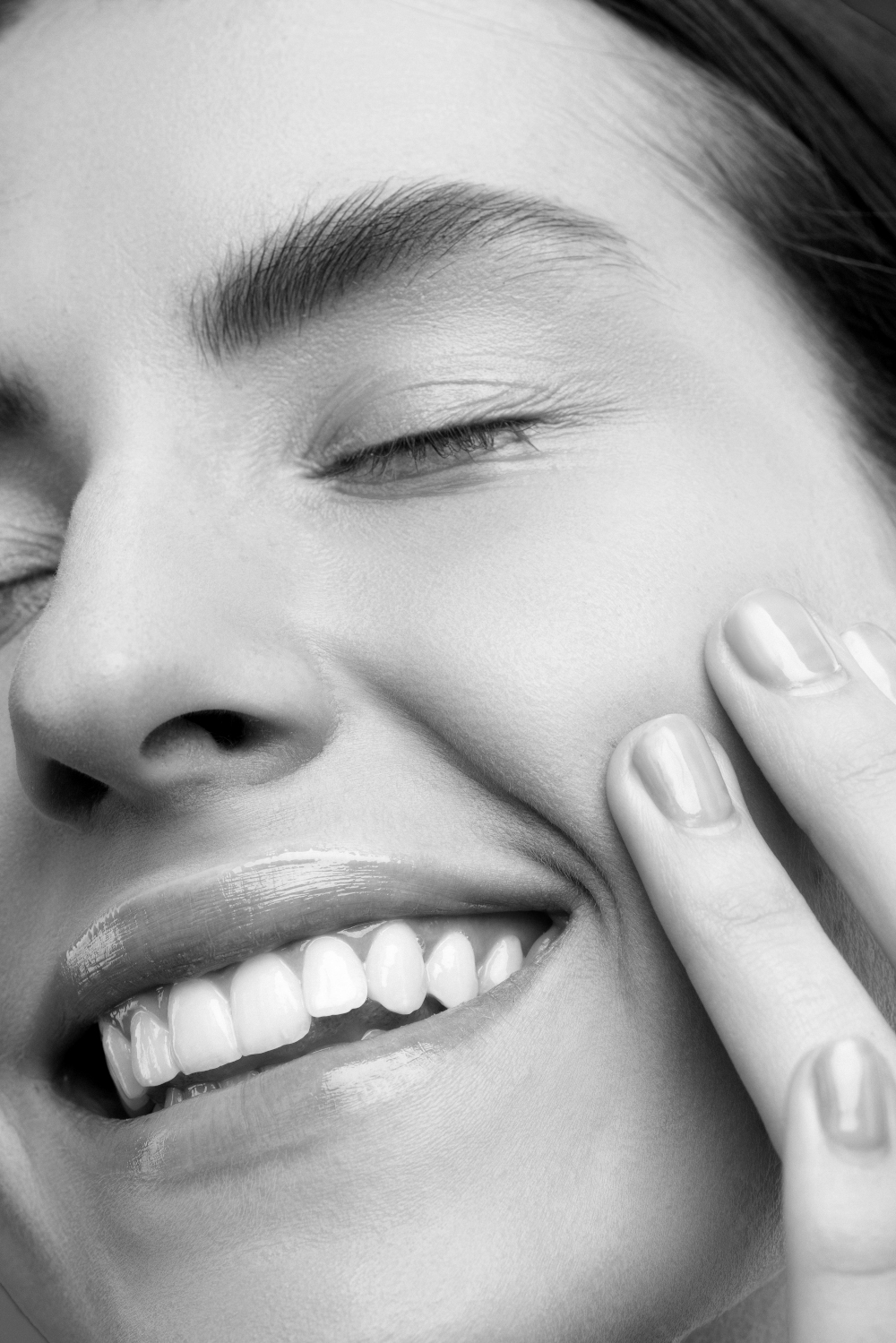Treatment for blepharospasm
Blepharospasm is an involuntary twitching of the orbicularis oculi muscles causing sudden, strong eyelid closures. It typically affects both sides, and can become so frequent and intense that it disrupts day-to-day life. Injection therapy relaxes the overactive muscle fibres, bringing people who suffer with this condition a period of relief.
Treatment for hemifacial spasm
Hemifacial spasm typically affects just one side of the face, and typically results from irritation or overactivity of the facial nerve. Since the facial nerve controls the muscles in the forehead, around the eyes and mouth and even some of the neck muscles, involuntary contractions can be both unsightly and uncomfortable. The overactivity around the eye is particularly noticeable cosmetically, and can lead sufferers to feel uncomfortable.
There are different causes of hemifacial spasm, which rarely include serious neurological causes, and before embarking on treatment we need to rule these out. A common cause is irritation to the nerve caused by a nearby blood vessel, which can be revealed with appropriate neuroimaging. In some people, neurosurgery is an option. In a majority of others, toxin therapy is a good and safe but temporary option, to relax the facial muscle fibres, and provide balance with the other side of the face.

What are the risks with facial spasm injections?
As with any intervention there is risk, and although generally safe, if you are considering anti-wrinkle treatment you must be aware of the following:
The main risks are allergy to the Botulinum Toxin A, but at Subtle Look we will observe you after your first treatment, and as highly trained doctors, we will be able to counter any such reactions. There is a risk of temporary facial asymmetry due to drooping of the eyelid also known as ptosis (this can occur in 1 in 100 people). However, it is important to note that Botulinum Toxin A injections are not permanent, and it is extremely unlikely that there would be any long terms effects from treatment. There are also some smaller risks such as bruising and infection, however your doctor will discuss these during a full consultation and give you the opportunity to ask as many questions that you may have to help inform your choices.
Please click here for our consent form
What to expect?
After your initial consultation with our doctors to determine if you are suitable for Botulinum Toxin A, they will create a personalised treatment plan just for you. The actual injections take 5-15 minutes depending on the number of areas receiving treatment. A tiny needle will be used to inject the Botulinum Toxin A into the muscles that cause unwanted lines and wrinkles. The injection site appears like an insect bite but subsides within 5-10 minutes. We advise that you avoid rubbing or massaging the injected area for at least 2-3 days to prevent it moving to an alternative area of your face. You can return to work or daily activities immediately as there is no recovery time. However, we suggest you remain upright for at least 4 hours, and do not shower, drink alcohol or undertake physical exercise for at least 12-24 hours. There is particular risk of eyelid or eyebrow complications should you apply pressure on the treated area such as placing your face in the breathing hole on a physio or massage couch. This should be avoided for at least 1 week. You will notice an improvement in the appearance of the fine lines and wrinkles within the first 1-2 weeks following treatment, the maximum effect being observed 5 to 6 weeks after injection. The treatment effect can be seen for up to 3-4 months after injection.
Please click here for the aftercare sheet
Who should not receive Botulinum Toxin therapy?
There are a few situations which may exclude someone from having Botulinum Toxin A. These include, but are not limited to, the following:
- An allergy to Botox® or another botulinum toxin product
- Skin disorders or infection around the planned injection site
- Ptosis (drooping eyelids)
- Known muscular or neuromuscular disease
- If you are pregnant or breast-feeding
- Existing weakness in targeted muscles
- Any active cardiovascular disease or taking anti-coagulants (blood thinning agents, please discuss with your doctor)
- An auto-immune disease or being under immunosuppressive therapy
What should I do if I have questions?
Please get in touch and we would be pleased to advise you further: info@subtlelook.pro.
